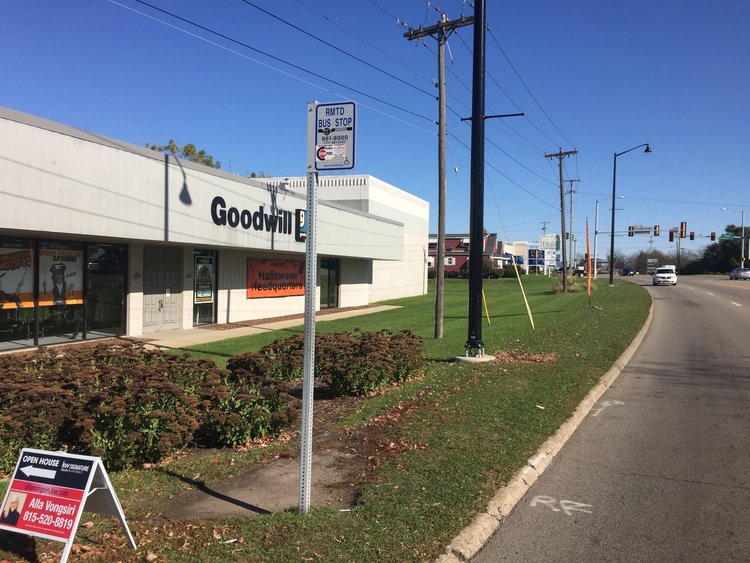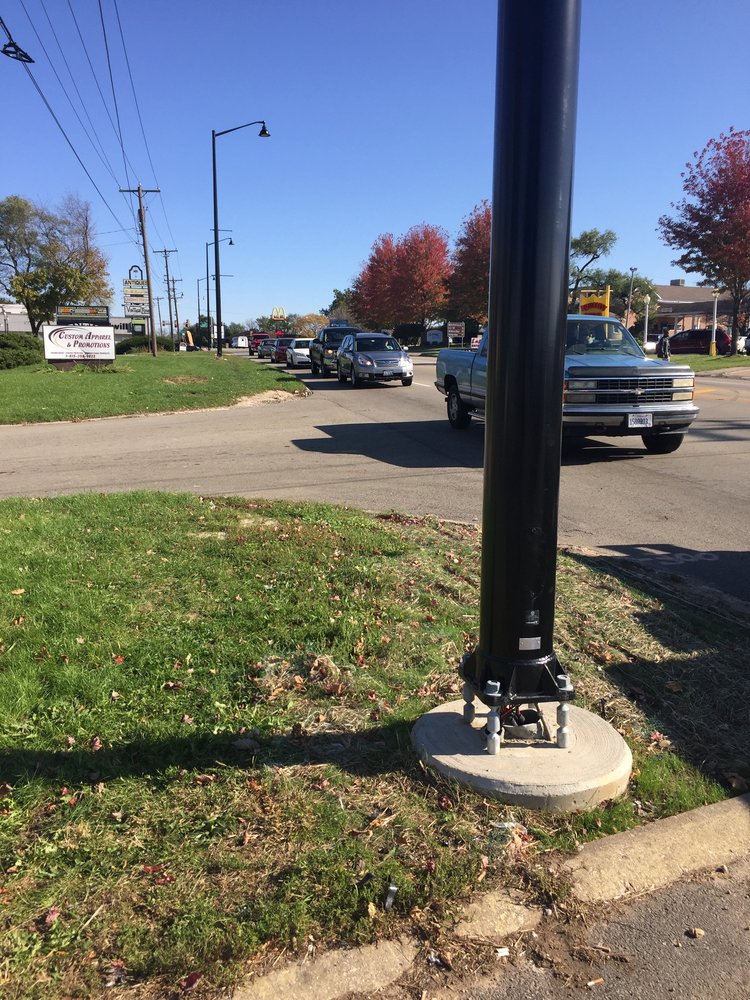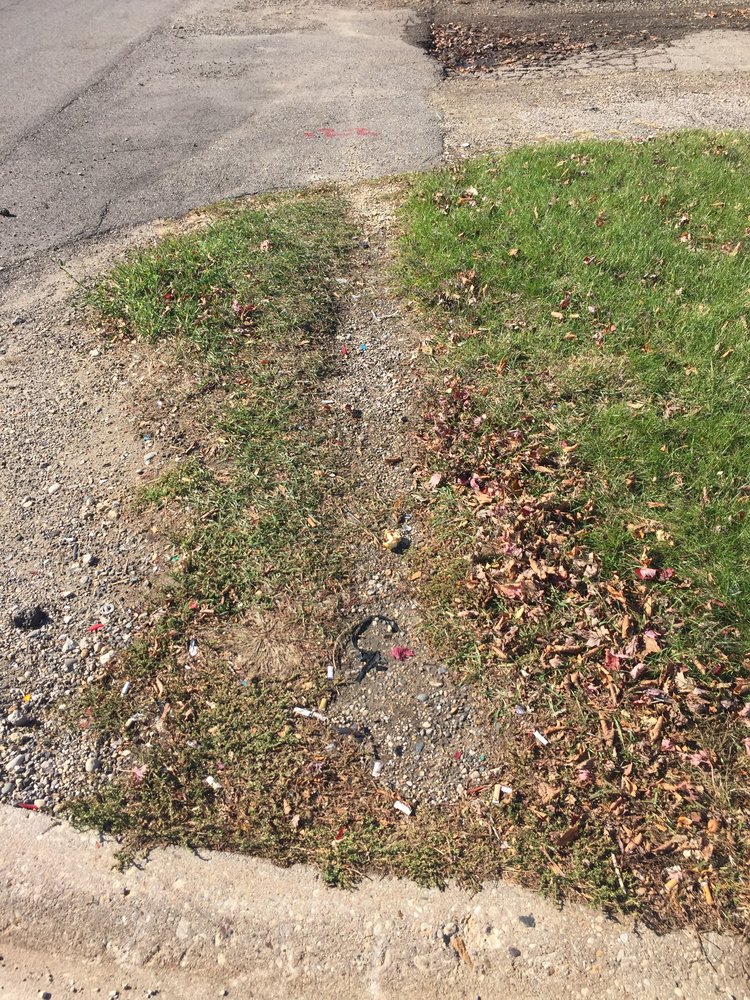What small steps can we take to fill sidewalk gaps?
“In real life, only from the ordinary adults of the city sidewalks do children learn [...] the first modicum of successful city life: people must take [...] public responsibility for each other even if they have no ties to each other.” - Jane Jacobs, The Death and Life of Great American Cities
I was recently appointed to the traffic commission for my city (Rockford, Illinois), and have come across a dilemma that I could use your input on.



Pictured above are sections of East State Street along a three-block stretch. I recently noticed foundations poured for large, car-oriented, “old timey” streetlights, and reached out to the city’s traffic engineer to see if sidewalks were being poured as well.
The pictures above illustrate a couple things: 1) The clear “desire lines” carved in the dirt where people are already walking, and 2) the bus stops with no concrete pads, shelter, etc. This section only gets worse in the winter; I have seen mothers pushing their kids in strollers through mounds of snow piled up by the plow trucks. It is literally a de-humanizing experience.
Not surprisingly, this stretch of East State Street has been dangerous for pedestrians. This past July, a visitor from Indiana was hit by the driver of a car precisely within this three-block stretch, and died as a result of his injuries. There are at least two other pedestrian/vehicle collisions that I can recall on this street in the past eighteen months.
After reaching out to the city’s traffic engineer I was told that, despite staff being keenly aware of the situation, funds are not allocated within the 2017-2021 capital improvement plan and therefore sidewalks are not being poured in tandem with the streetlights. Searching for a more timely intervention, I asked if I could place an item on the agenda that would include temporary sidewalks (made from something like pea gravel) until a permanent alternative could be installed. I was told that this road is controlled by the state Department of Transportation (DOT), and that any improvements would need to be ADA compliant, therefore no temporary solutions are available.
I am awaiting a response from the Illinois DOT to see what options we have here. In the meantime, I would appreciate your input: What does incremental progress look like here, at this stage, in this context?
I want to believe that there is room for quick, tactical responses, but the resources alone make even an “illegal” intervention difficult. I can don a vest, throw cones down, and paint a crosswalk easily. But three blocks worth of pea gravel? That's a bit more difficult.
We spent $1,400,000 from our capital improvement plan for those streetlights, and allocated not one cent for pedestrian infrastructure. So it’s time to step up. What do we do? What’s the next increment here?
Michael Smith is a Strong Towns member who blogs at CitySmiths. All photos are courtesy of the author.






Conducting a walking audit is an quick, easy and free step that anyone can take to start improving their place. In this article, trained architect and urban designer Edward Erfurt demonstrates how to do so, using a recently completed sidewalk project in his community as an example.